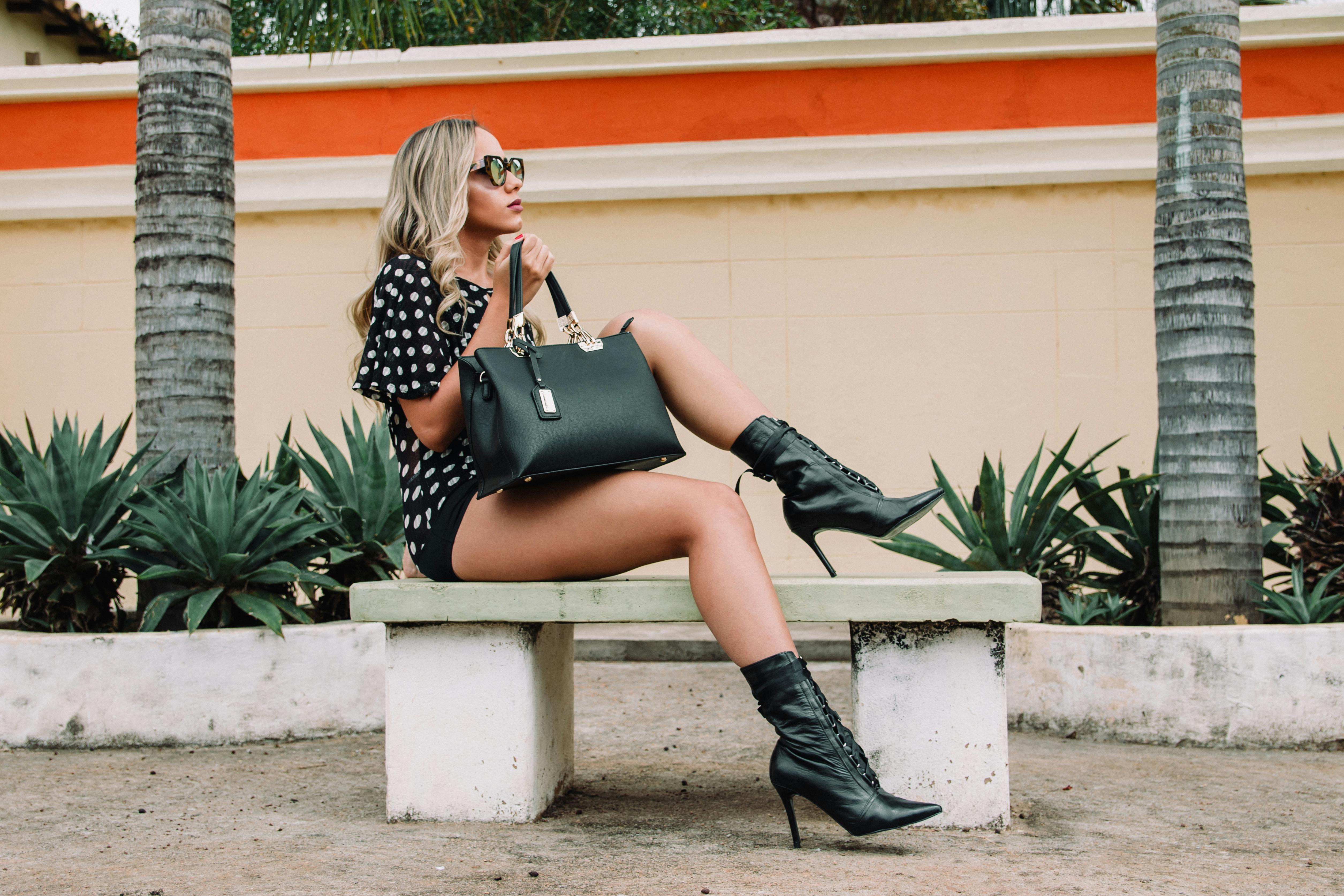
Fashion balance is the foundation of a polished and put-together look. It’s the art of arranging the various elements of your outfit – proportions, colors, textures, and details – to create a visually pleasing and harmonious whole. Just like a well-composed painting, a balanced outfit is aesthetically appealing and draws the eye in a satisfying way.
Understanding Balance: Proportion is Key
The cornerstone of fashion balance is proportion. This refers to the relationship between the different parts of your outfit and how they relate to your body shape. Here are some key things to consider:
- Body Shape: Understanding your body shape is crucial for achieving a balanced look. People with pear-shaped figures, for example, might balance wider hips with a structured top that draws the eye upwards. Conversely, someone with a broader upper body might choose a flowy skirt to create a more even silhouette.
- Playing with Lengths: Mixing different lengths in your outfit adds visual interest while maintaining balance. Try a cropped top with high-waisted pants, or a maxi skirt with a fitted top. Avoid outfits where both top and bottom are long or short, as this can overwhelm your figure.
- Silhouettes: Consider the overall silhouette you’re creating. A flowy maxi dress might be balanced by a fitted jacket, while a slim-cut shirt might pair well with wide-leg trousers.
Beyond Proportions: Balancing Colors, Textures, and Details
While proportions are essential, balance extends to other design elements as well:
- Color: A balanced color palette creates a cohesive look. Solid colors can be paired with patterned pieces, or you can experiment with color blocking using bold, complementary colors. Following the “rule of thirds” – where two-thirds of your outfit uses a dominant color scheme and the remaining third uses an accent color – is a handy guideline.
- Texture: Texture adds depth and dimension to your outfit. Juxtapose smooth fabrics like silk with something rougher like tweed, or balance a chunky knit sweater with sleek leather pants.
- Details: Don’t forget the power of details! A statement necklace can balance out a simple outfit, while a chunky belt can define your waist and create a more balanced silhouette.
Finding Your Balance: Experimentation is Key
Fashion balance isn’t about following rigid rules. It’s about understanding the principles and then using them as a springboard for your own creativity. Experiment with different combinations of proportions, colors, and textures to find what works for you and your personal style. Don’t be afraid to break the “rules” – sometimes the most striking looks are those that defy convention.
Here are some additional tips for achieving fashion balance:
- Focus on fit: Well-fitting clothes naturally flatter your figure and create a more balanced look.
- Edit ruthlessly: Take a critical look in the mirror before leaving the house. If something feels off, it probably is. Don’t be afraid to pare down your outfit for a more streamlined look.
- Accessorize wisely: Accessories can elevate your outfit and add a touch of personality. However, too many accessories can create a cluttered look. Strive for a balance that complements your outfit without overwhelming it.
By understanding the principles of fashion balance and experimenting with different combinations, you can create stylish and eye-catching looks that express your unique personality. Remember, fashion is all about having fun and feeling confident in what you wear